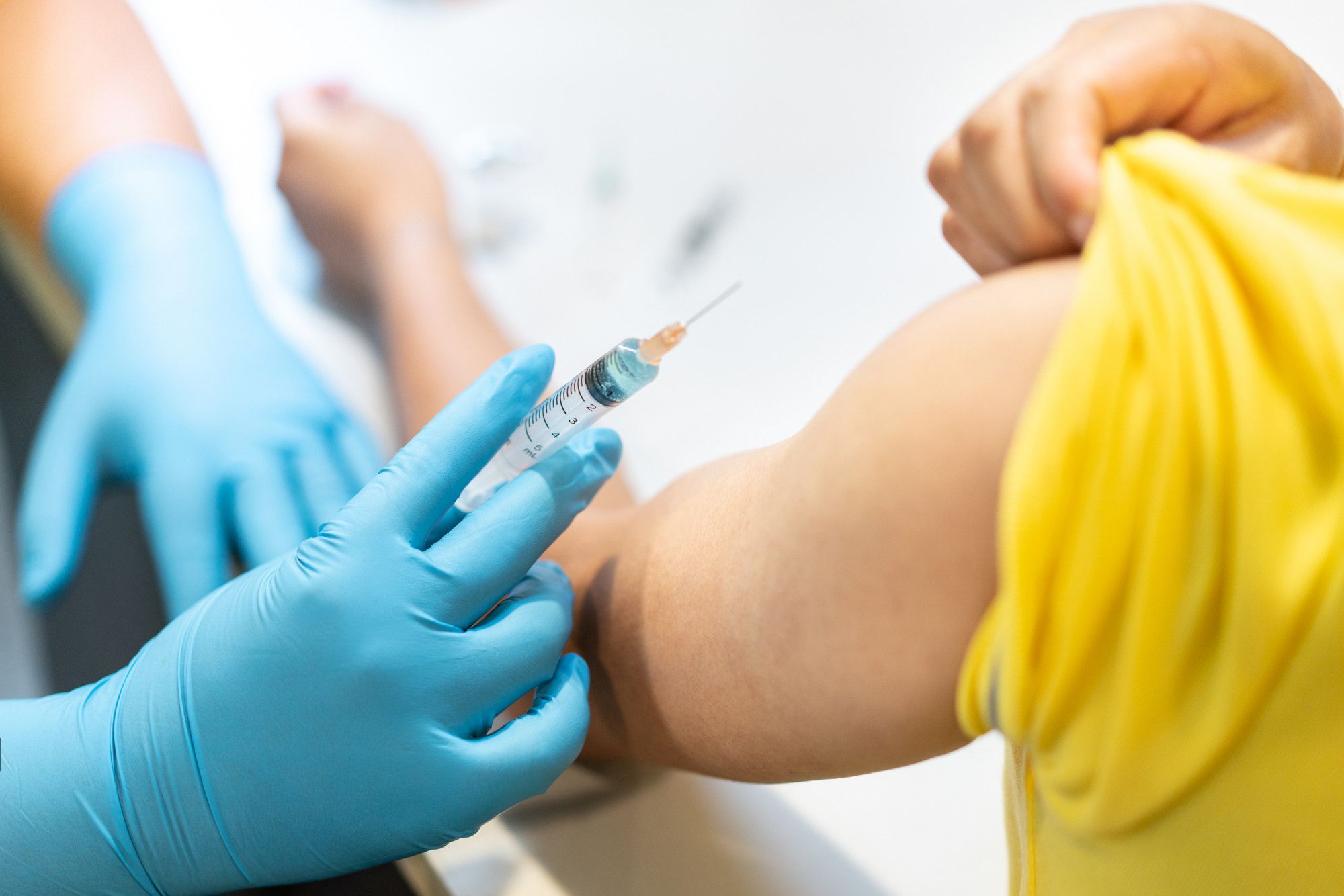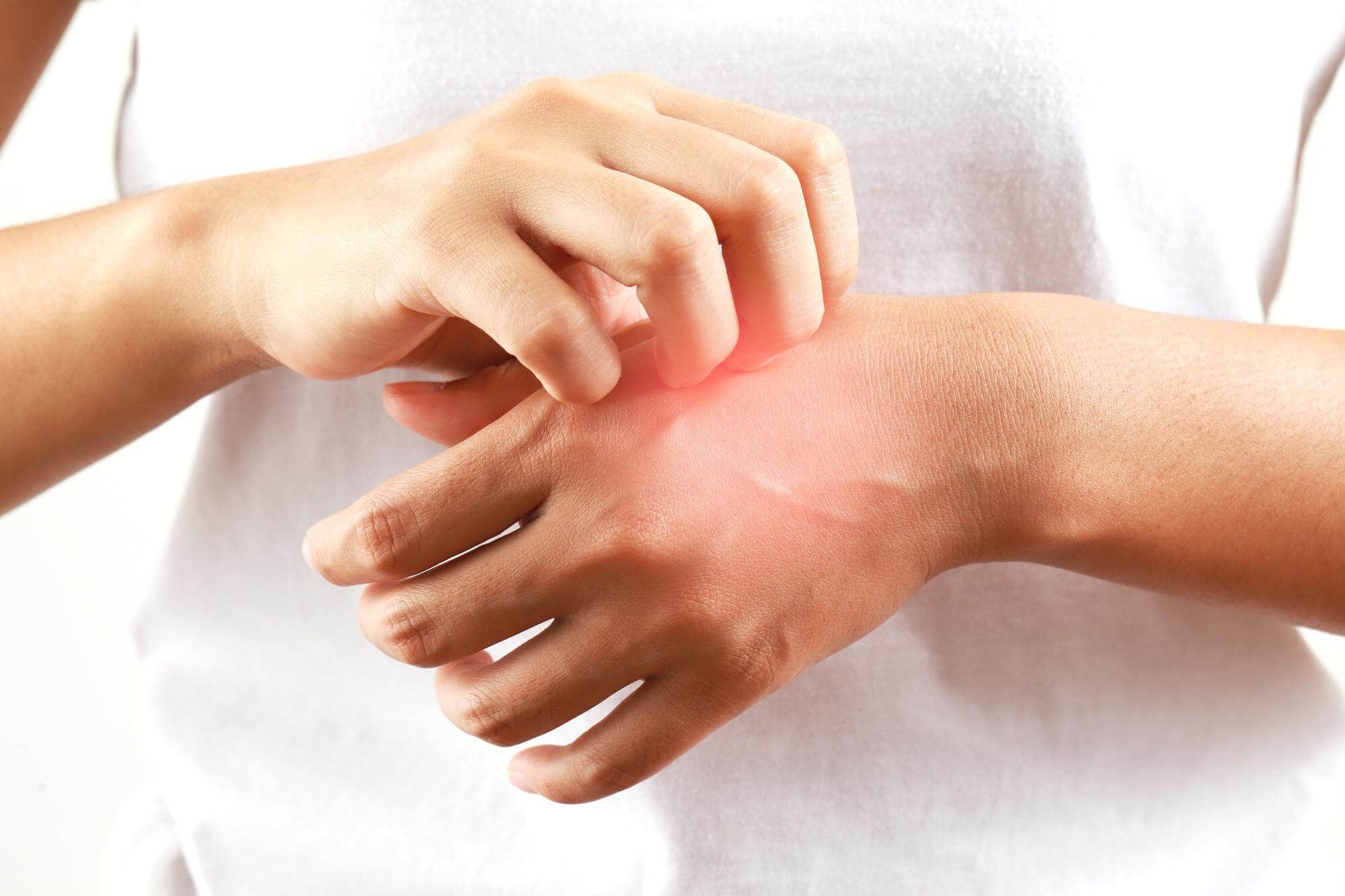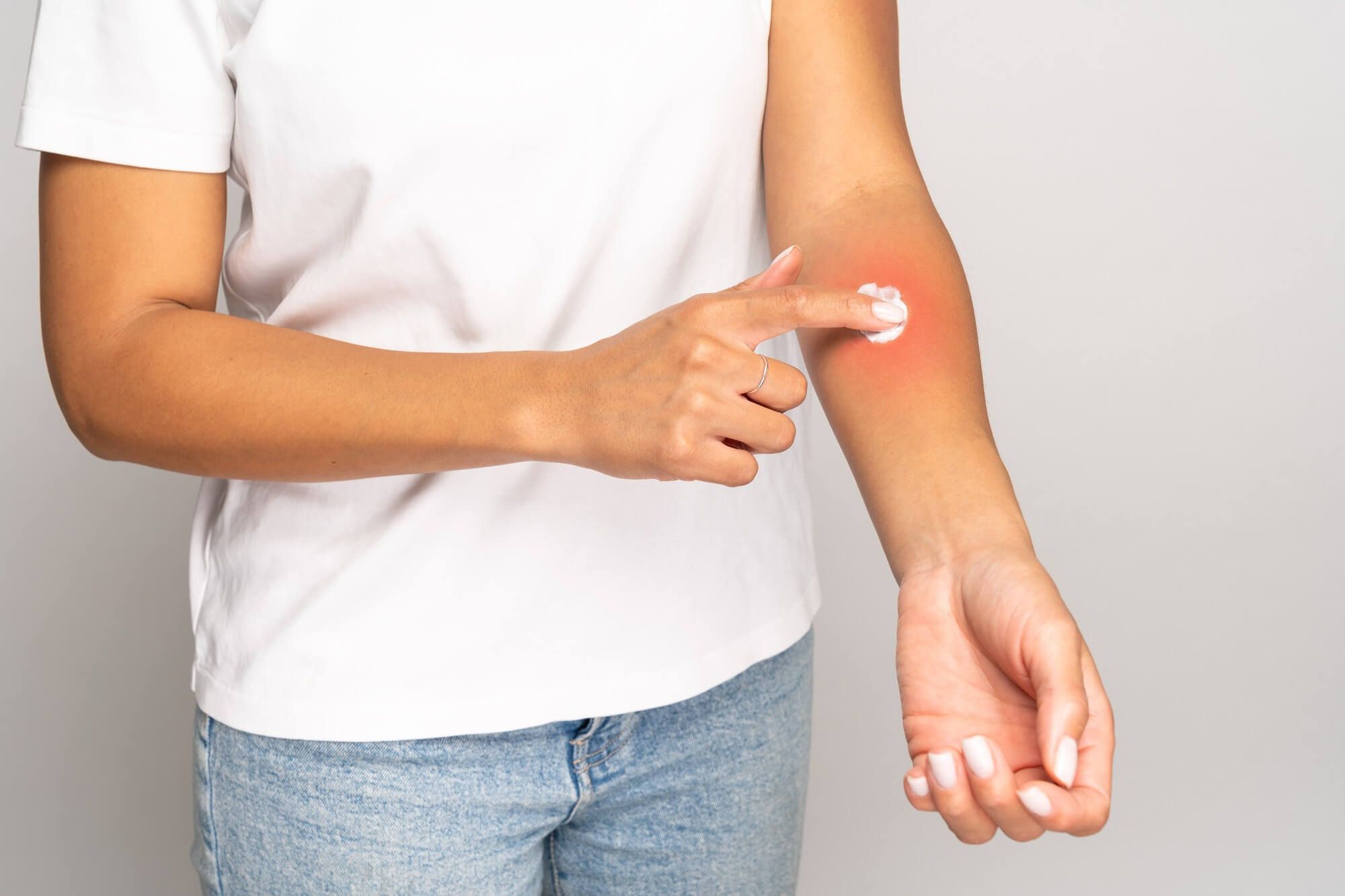Mantoux allergy: causes, symptoms and advice from doctors


Irina Makarova
Mantoux allergy: a common problem and its solution
A mantoux allergy is an unwanted reaction of the body to the injection of tuberculin into the skin, which can occur in both adults and children. An allergic reaction to the mantoux can manifest as skin symptoms such as redness, swelling, itching, and hives, as well as general symptoms including breathing difficulties and Quincke's edema.
Causes of mantoux allergy
The main causes of mantoux allergy are:
- Individual intolerance to the components of the test. The body of some people is hypersensitive to tuberculin or other substances in the test.
- Cross-reaction with other allergens. In rare cases, an allergic reaction to the mantoux can be caused by contact with other allergens that cross-react with the tuberculin.
- Re-injection of tuberculin. In some cases, a mantoux allergy can occur after a repeat test, especially if the previous reaction was severe.
Symptoms of mantoux allergy

Mantoux allergy in a child and adult can manifest as local or general symptoms.
Local manifestations of the allergy include:
- Redness and swelling around the injection site. These are the most common symptoms and may occur immediately after the injection or several hours later.
- Burning and itching. These result from skin irritation and can be severe enough to cause concern.
General allergy symptoms may include:
- Skin rashes. Urticaria or other skin rashes can appear on any part of the body and cause itching and discomfort.
- Quincke's edema. This is a serious condition that causes swelling of the mucous membranes and skin, often affecting the face, lips, eyes, and throat. Quincke's edema requires immediate medical attention because it can cause suffocation.
- Difficulty breathing. Mantoux allergy can cause difficulty breathing, shortness of breath, and coughing. In rare cases, bronchospasm may develop.
Diagnosis of mantoux allergy
To diagnose a mantoux allergy, an allergist performs:
- Analysis of history and symptoms. The doctor examines the history of the allergy, conducts an examination, and evaluates the nature of the symptoms.
- Allergy testing. Special tests, such as skin tests or blood tests, may be performed to determine allergies to tuberculin or other substances.
- Ruling out other causes of the allergy. The doctor rules out the possibility of other causes of skin symptoms, such as contact dermatitis or infections.
Treatment of mantoux allergy

Treatment for mantoux allergy depends on the severity of the symptoms and includes the following medications:
Antihistamines. Medications such as tablets or syrups containing loratadine, cetirizine or fenstil can help with itching, swelling and other allergy symptoms.
Hormonal ointments and creams. Glucocorticosteroid-based medications, such as hydrocortisone or mometasone, reduce inflammation and skin irritation.
Remedies to reduce itching and skin irritation. These products, such as menthol ointments or calamine creams, ease the discomfort caused by itching and irritation.
Preventing Mantoux Allergies
To prevent a mantoux allergy, you need to:
- Preparing for the test. If you or your child has a predisposition to allergies, make sure your doctor knows about it before the test. The doctor may decide to use alternative diagnostic methods or prescribe antihistamines before the test.
- Proper skin care after the test. Avoid rubbing or pressing on the injection site or contact with water for the first 48 hours after the test. This will help prevent skin irritation and reduce the risk of an allergic reaction.
- See a doctor if you suspect an allergy. If you or your child has symptoms of a mantoux allergy, see your doctor immediately. He or she will help determine the cause of the reaction and prescribe the appropriate treatment.
Mantoux allergy is a serious condition that can cause a variety of symptoms, both local and general. Knowing how a mantoux allergy manifests itself allows you to recognize the problem in time and seek medical help from your doctor. Proper treatment and prevention will help to cope with the allergy and prevent its occurrence in the future. It is important to always be attentive to your health and the health of your children, monitor the manifestations of allergic reactions and do not delay in contacting a specialist.
Related Materials
New materials
Popular Articles
We recommend reading
Contact us in the Contact Us section to ask questions, offer ideas, or for more information about our allergy resource.
Our articles are your trusted source of allergy knowledge. Learn how to make life with allergic reactions easier on our specialized portal.
©
Lechenie-Allergii.com. All rights reserved.
© Lechenie-Allergii.com. All rights reserved.
The information on this site is for informational purposes only and is not a substitute for professional medical advice. We recommend consulting with qualified medical professionals for accurate information and advice.
 English
English  Українська
Українська  Русский
Русский 









